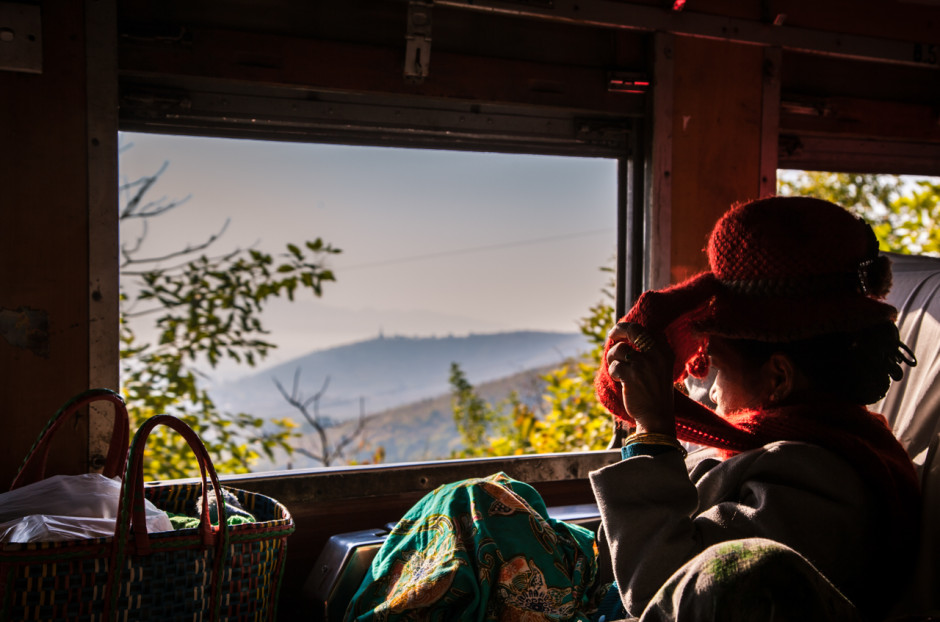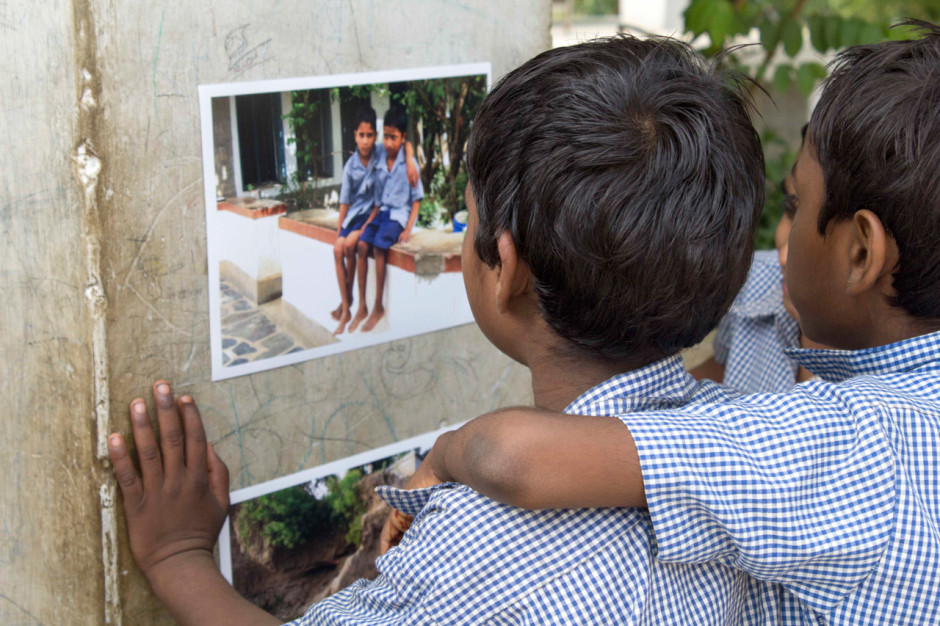Editor’s Note: MatadorU Photography students showed us some of their favorite candid travel portraits in a recent student lab. To go with the images, MatadorU Photography faculty member Michael Bonocore gives us 8 tips to help improve capturing candid portraits while traveling.

Go wide
I knew from the moment I saw this photo from MatadorU student PJ Van Schalkwyk that he had captured this photo at 24mm. There is something about 24mm photos that hold a documentary feel. This is why there is no surprise that most National Geographic photographers frequently use 24mm prime lenses while on assignment. At this wide focal length, you’re able to tell a more compelling story by fitting more of the surrounding scenery into the frame. Also, 24mm prime lenses can be very compact, allowing you to photograph the action without coming off as intrusive.

Capture Routines
All too often, portraits look very similar. A subject standing in front of the camera, intense eyes gazing into the lens. These portraits are powerful, but when trying to capture a person in a candid manner, what they are doing in that moment is what takes center stage and makes the photograph interesting. When traveling, it is important to tell the stories of the people you encounter, and capturing them simply going about their business can be an impactful and unique look into life in a distant land. It will put the viewer in your shoes, and make them feel like they are right there with the subject. In this photo, MatadorU Student Joanne Chui captured a woman in Kalaw, Myanmar using a bamboo tube to stoke a fire that will be used to prepare dinner.

Let the background tell the story
Sometimes, it isn’t the actual subject that tells the story, but rather the intimate details that surround them. Imagine if the elephant legs weren’t in this photograph taken in Cochin, India by MatadorU student Brendon Mikronis. There would be nothing to let you know what the man is doing. But the surrounding details fill in the missing elements. Simply having elephant legs in the photo would let you know not only that he works with elephants, but also the chains around the ankles can trigger an emotion in people who are very opinionated about the way that Asian elephants are treated in the tourism industry. Sparking discussion with your photograph is a key indicator that lets you know you told an important story, rather than simply taking a snapshot.

Include details that speak to a select group
Small details that invoke an emotional trigger in both residents and frequent travelers can make a photograph seem more real to the viewer. In this photo by MatadorU student Rebecca Plascencia, the New York subway station sign that reads “Broadway-Lafayette Street” immediately makes Manhattan residents stop what they are doing and say “I know that station!” Coupled with the joyful expression on the drummer’s face and the action of the saxophonist, this photo will make New Yorkers proud that they have such a unique and beautiful way to enjoy entertainment. A way that is not common throughout the world.

Capture reflective moments
Placing the viewer not in the subject’s shoes, but rather their mind, can be powerful story telling element. In this photo from MatadorU student Ben McKechnie, a woman gazes out of the window on a train in the Shan state of northern Myanmar. It is not the scene that draws you in, but rather the question “What is she thinking?” Is she reflecting on her life, stressed about trip she is embarking on, or something deeper? We don’t know, and that is what keeps us staring.

Think outside the box
How often do you see photos where the the back of a subject’s head is inches in front of the lens? Not often, but MatadorU student Nicola Young knew that the story unfolding in front of her wasn’t the real life boys in front of her, but rather the printed photograph they were looking at. Every rule in the photography book tells us to not photograph the back of a head just inches away, but sometimes, throwing the rules out the window bring us the strongest images.

Confusion is entertainment
In every corner of the globe, scenes unfold that make us scratch our heads, but to the locals in that location, it’s just another day. Take for instance this photograph from Matador U student Brad Mitchell. Every time I look at this photo, I smirk and shake my head. What the hell is going on here? Why is that man just casually holding a bird cage with the intent look of a politician? And more importantly, why is the other man not even noticing, and simply going about his curious gazing? It doesn’t matter why, because it makes an entertaining image.

Get to know your subject
This is probably the most important tip of them all. Even though you are taken a candid portrait, there is no reason for you to not approach your subject and talk to them before or after you photograph them. Get to know them, hear their story.
Everyone has a story, and most are happy to tell it, as long as you get to know them a little first. Be courteous and respectful of the location, the person, and their beliefs and traditions. After you take a photo of a subject, always show it to them. Sometimes, you may even have someone ask you to not take their photo or delete a photo you took of them. It is important to respect their wishes.This photo by MatadorU student James Frazier Garland was possible because of the relationship that James fostered with the subject, an 89-year-old Cuban man by the name of Pedro. While caught in a thunderstorm in Pinar Del Rio, Cuba, Pedro offered James relief from the storm. For an hour, they talked, drank rum and watched the town in front of them go about their business. And James not only has a great travel portrait and story, but also a new friend.
